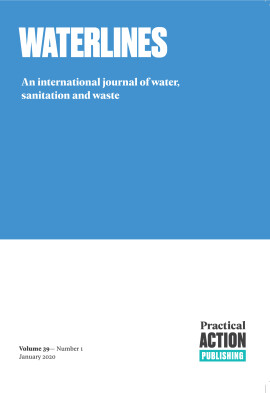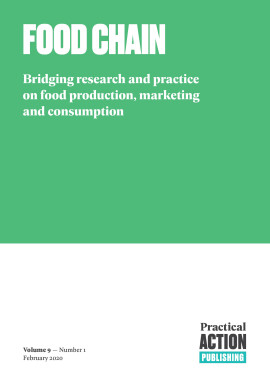Fifteen years of World Bank lending for small and medium enterprises
What makes a small enterprise loan work in one country where success would appear to be unlikely, while a loan with seemingly high potential in a country primed for success founders? What determines success in small and medium enterprise (SME) assistance programmes? These questionsare among those addressed in a new World Bank study of 70 small and medium enterprise projects in 36 countries. These projects received US$3.2 billion in World Bank loans spanning the period from 1973, when SME lending was initiated in the Bank, to 1989.The primary objectives of
World Bank projects for small enterprises are: strengthening the financial and technical institutions that serve SMEs; job creation at relatively low cost per unit of capital invested; and the correction of imperfections in financial markets that constrain small borrowers' access to credit.
The underlying premise is that increasing small firms' access to services normally available only to larger, established firms furthers both industrial growth and income distribution in developing countries.The review evaluates the performance of the Bank's SME projects, highlights particularly
successful approaches to the provision of credit and technical assistance, and identifies key factors for success. The study deals neither with overall policy reforms nor with the impact of projects at the firm level. Rather, the focus is on how to build viable and sustainable financial and
technical assistance programmes for small enterprises.
are among those addressed in a new World Bank study of 70 small and medium enterprise projects in 36 countries. These projects received US$3.2 billion in World Bank loans spanning the period from 1973, when SME lending was initiated in the Bank, to 1989.The primary objectives of
World Bank projects for small enterprises are: strengthening the financial and technical institutions that serve SMEs; job creation at relatively low cost per unit of capital invested; and the correction of imperfections in financial markets that constrain small borrowers' access to credit.
The underlying premise is that increasing small firms' access to services normally available only to larger, established firms furthers both industrial growth and income distribution in developing countries.The review evaluates the performance of the Bank's SME projects, highlights particularly
successful approaches to the provision of credit and technical assistance, and identifies key factors for success. The study deals neither with overall policy reforms nor with the impact of projects at the firm level. Rather, the focus is on how to build viable and sustainable financial and
technical assistance programmes for small enterprises.
Symbiosis vs. crowding-out: the interaction of formal and informal credit markets in developing countries
Jain, Sanjay
Journal of Development Economics, Vol. 59 (1999), Iss. 2 P.419
https://doi.org/10.1016/S0304-3878(99)00019-X [Citations: 108]Small business development in Central and Eastern Europe—Opportunity for a rethink?
Gibb, Allan A.
Journal of Business Venturing, Vol. 8 (1993), Iss. 6 P.461
https://doi.org/10.1016/0883-9026(93)90033-2 [Citations: 51]- Value chain financing: evidence from Zambia on smallholder access to finance for mechanization
- Boosting financial inclusion through social assistance reform: evidence-based approach in selecting a payment system
- Developing agro-pastoral entrepreneurship: bundling blended finance and technology
- Building frontline market facilitators' capacity: the case of the ‘Integrating Very Poor Producers into Value Chains Field Guide’
- Impact of COVID-19 on livestock exports from Somalia and the Horn of Africa


